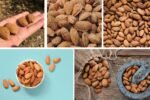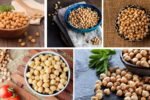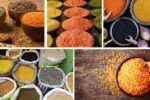The monsoon season is one of the most significant periods for agriculture, especially in countries like India and other tropical regions where rainfall plays a critical role in farming practices. The arrival of monsoon showers transforms dry fields into fertile lands, replenishes groundwater, and creates favorable conditions for growing a wide range of crops. However, the heavy rainfall, fluctuating humidity levels, and risk of pests during the season also require farmers to choose crops wisely.
Growing the right crops during monsoon not only ensures good yields but also helps in maintaining soil fertility and promoting sustainable farming practices. In this article, we’ll explore the best crops to grow during monsoon season, their benefits, and tips for successful cultivation.
Why Monsoon Crops Are Important
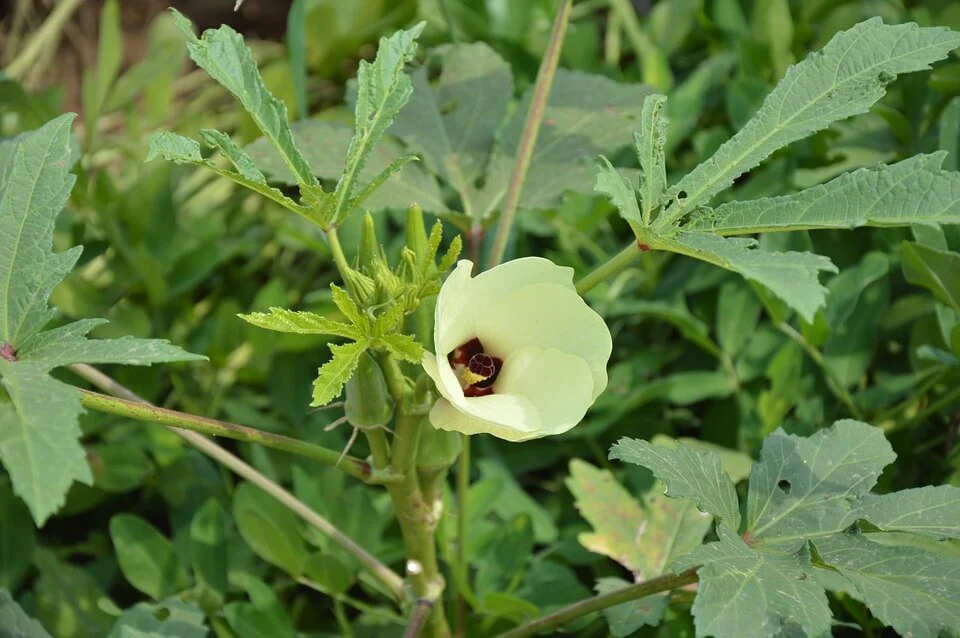
Monsoon crops, also known as Kharif crops in India, are typically sown at the beginning of the rainy season (June–July) and harvested by September–October. They thrive in warm, humid conditions with ample water availability. Some of the key reasons why monsoon crops are important include:
- High Yield Potential – Adequate rainfall supports natural irrigation, reducing water costs and ensuring better crop productivity.
- Nutrient-Rich Harvest – Many monsoon crops, such as pulses and vegetables, are rich in proteins, vitamins, and minerals.
- Soil Fertility Maintenance – Legumes and pulses grown during the season help fix nitrogen in the soil, enhancing fertility for the next cropping cycle.
- Economic Significance – Crops like rice, cotton, and maize are staple foods and cash crops that support local and international markets.
Best Crops to Grow During Monsoon Season
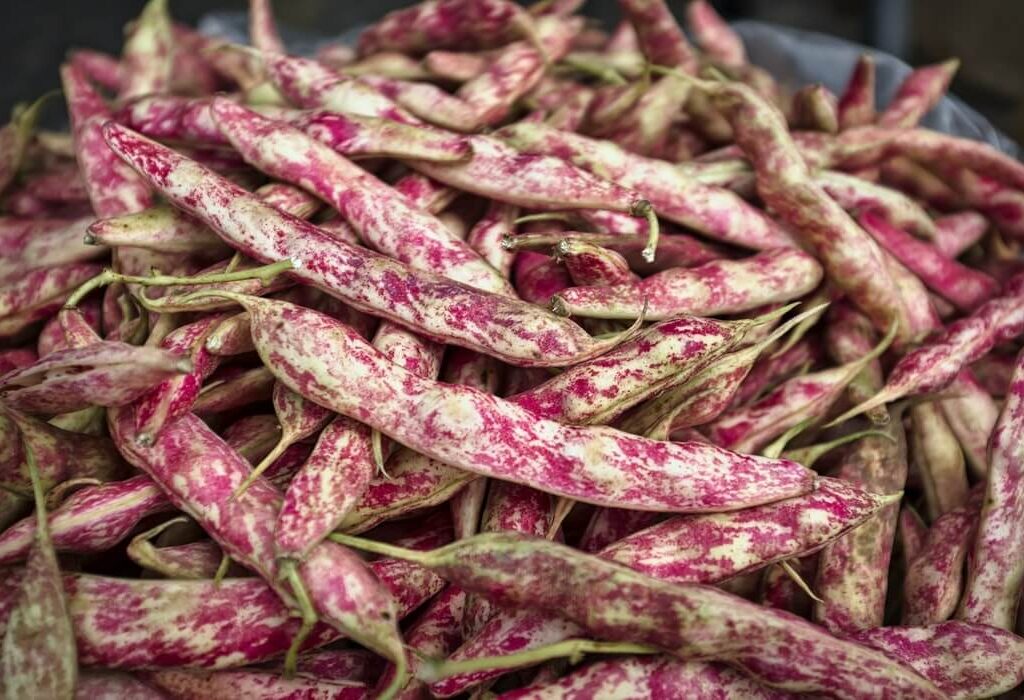
1. Rice
Rice is the most popular and widely cultivated monsoon crop, especially in Asian countries like India, China, and Bangladesh. It thrives in waterlogged fields, making it ideal for rainy seasons.
- Ideal Conditions: Requires high rainfall (100–200 cm), warm temperatures, and clayey soil that retains water.
- Benefits: Staple food for billions, high market demand, and multiple varieties adaptable to different climates.
- Tips for Cultivation: Prepare nursery beds for seedlings, ensure proper water management, and use disease-resistant varieties.
2. Maize (Corn)
Maize is another important monsoon crop that grows well in areas with moderate rainfall and plenty of sunlight. It serves as both a food and fodder crop.
- Ideal Conditions: Requires 50–100 cm rainfall and well-drained loamy soil.
- Benefits: Versatile crop used for food, animal feed, and biofuel.
- Tips for Cultivation: Ensure timely sowing at the onset of monsoon, use fertilizers rich in nitrogen, and protect crops from pests like stem borers.
3. Pulses (Arhar, Moong, Urad, and Soybean)
Pulses are highly nutritious and a vital source of protein. They are also beneficial for the soil as they fix atmospheric nitrogen.
- Ideal Conditions: Require 60–100 cm rainfall and grow well in loamy or sandy soils.
- Benefits: Improve soil fertility, reduce dependency on chemical fertilizers, and provide high nutritional value.
- Tips for Cultivation: Grow in crop rotation with cereals, ensure proper drainage, and use pest control measures for aphids and pod borers.
4. Millets (Bajra, Ragi, Jowar)
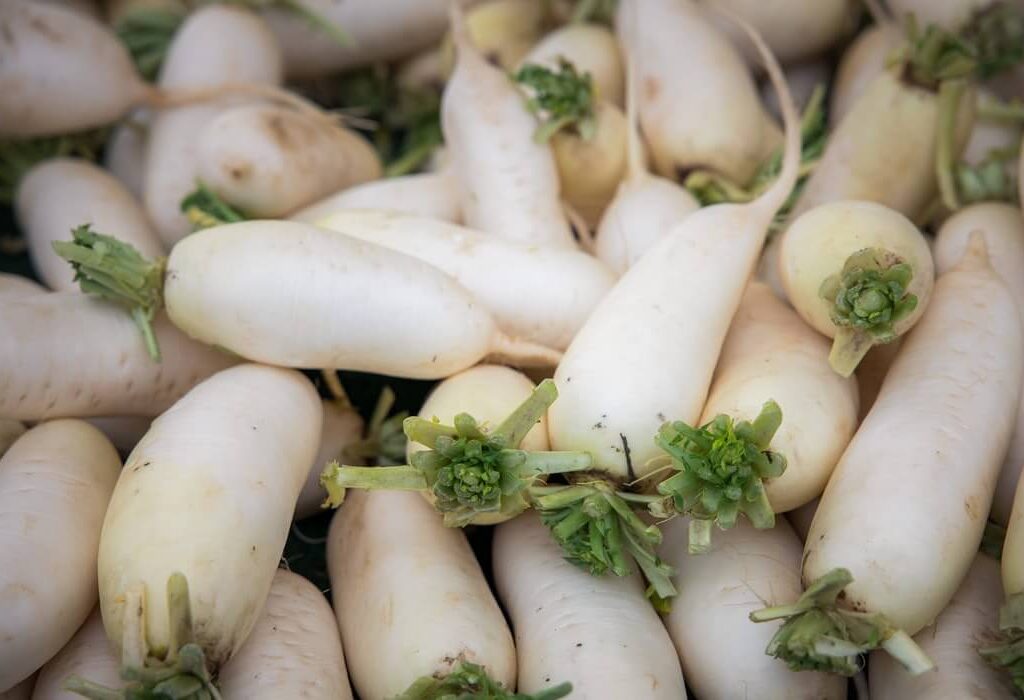
Millets are hardy crops that can withstand erratic rainfall and poor soil conditions. They are gaining popularity as superfoods due to their nutritional value.
- Ideal Conditions: Require moderate rainfall (50–100 cm), thrive in sandy and loamy soils.
- Benefits: Rich in fiber, iron, and calcium; drought-resistant; ideal for sustainable farming.
- Tips for Cultivation: Use drought-tolerant varieties, follow intercropping practices, and avoid waterlogging.
5. Cotton
Cotton is one of the most important cash crops grown during the monsoon. It requires long frost-free days and moderate rainfall.
- Ideal Conditions: Requires 60–100 cm rainfall and black soil (Regur soil) found in regions like Maharashtra and Gujarat.
- Benefits: High demand in textile industries worldwide, source of employment, and good returns for farmers.
- Tips for Cultivation: Ensure pest control (especially bollworm), use high-yielding hybrid varieties, and maintain adequate spacing.
6. Groundnut (Peanut)
Groundnut is a monsoon crop that grows well in sandy loam soils. It is widely used for oil extraction and as a protein-rich food source.
- Ideal Conditions: Requires 50–80 cm rainfall, warm climate, and well-drained soils.
- Benefits: Dual-purpose crop for oil and fodder, fixes nitrogen in the soil.
- Tips for Cultivation: Avoid water stagnation, use gypsum for better pod formation, and control fungal diseases.
7. Sugarcane
Although sugarcane is a long-duration crop, it is commonly planted during the monsoon season. It requires ample water supply and fertile soil.
- Ideal Conditions: Requires 100–150 cm rainfall, high temperature (21–27°C), and fertile alluvial soil.
- Benefits: Major cash crop, used for sugar, jaggery, and biofuel production.
- Tips for Cultivation: Ensure irrigation in dry spells, use organic manure, and protect crops from borers and aphids.
8. Vegetables (Okra, Brinjal, Cucumber, Pumpkin, Bottle Gourd)
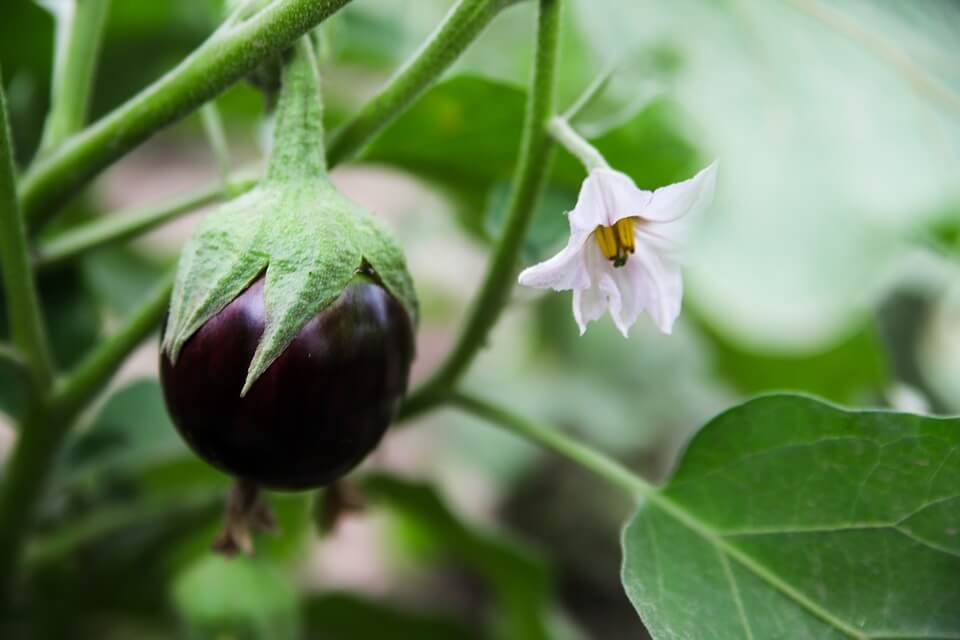
Several vegetables thrive during the monsoon and are ideal for both commercial farming and home gardening.
- Ideal Conditions: Require moderate rainfall, well-drained soil, and protection from waterlogging.
- Benefits: Short-duration crops with high market demand, provide essential vitamins and minerals.
- Tips for Cultivation: Use raised beds to avoid waterlogging, adopt crop rotation, and use organic pest repellents.
9. Fodder Crops (Napier Grass, Cowpea, Sorghum Fodder)
For livestock farmers, fodder crops are essential during the monsoon. They ensure a steady supply of nutritious feed for animals.
- Ideal Conditions: Require moderate to heavy rainfall and fertile soils.
- Benefits: Improve milk and meat production, maintain animal health, and reduce feed costs.
- Tips for Cultivation: Ensure proper irrigation management, harvest at the right stage for maximum nutrition, and store excess fodder as silage.
Tips for Successful Monsoon Farming
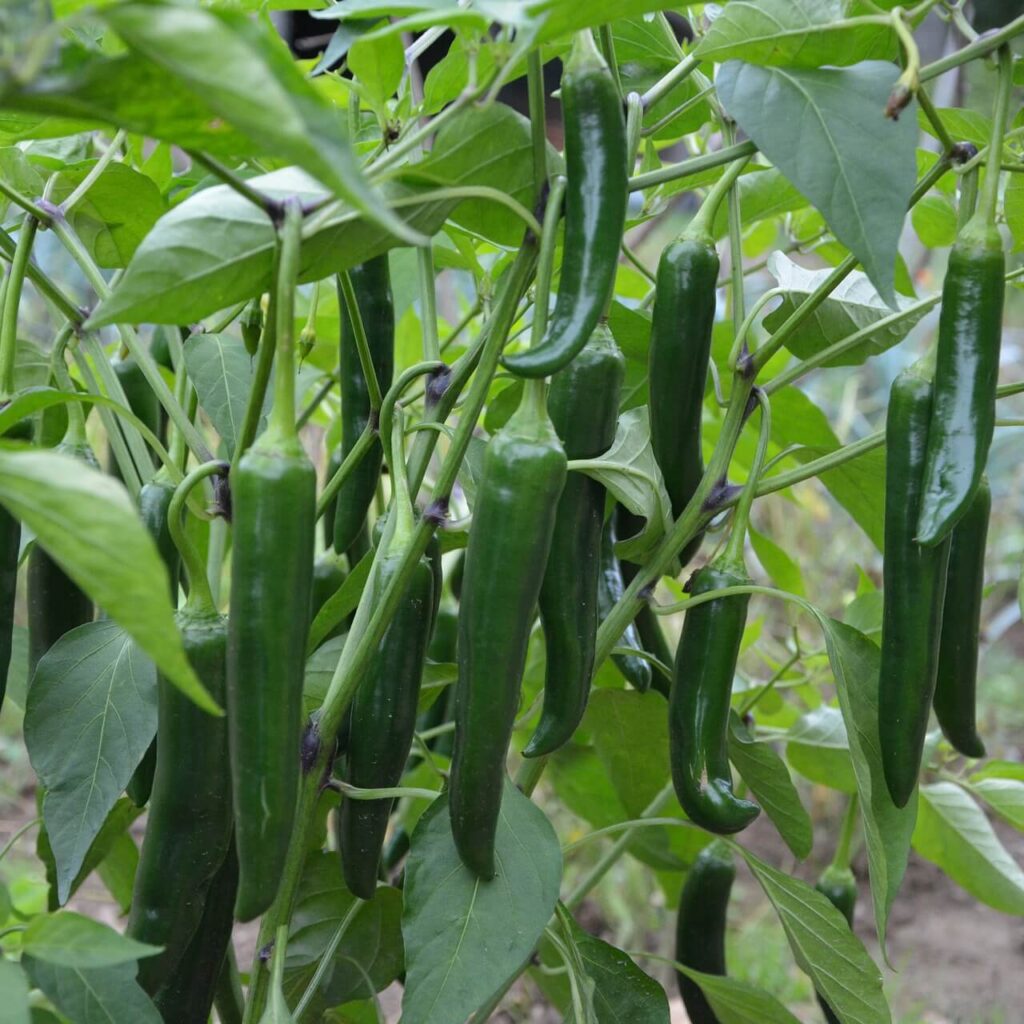
- Soil Preparation – Use organic compost and farmyard manure to enrich soil fertility before sowing.
- Drainage Systems – Proper drainage is essential to prevent waterlogging, which can damage roots.
- Pest & Disease Management – High humidity increases the risk of pests and fungal infections; use biopesticides and resistant varieties.
- Crop Rotation & Intercropping – Improves soil health and reduces pest infestations.
- Timely Sowing – Sowing at the right time ensures better germination and yield.
- Weed Control – Regular weeding is essential, as weeds grow rapidly during the monsoon and compete for nutrients.
Conclusion
The monsoon season, though unpredictable at times, remains the backbone of agriculture in many tropical regions. Choosing the best crops to grow during monsoon can help farmers maximize productivity, ensure food security, and generate sustainable income. Crops like rice, maize, pulses, cotton, groundnut, sugarcane, and various vegetables thrive in the wet and humid conditions of the rainy season. With proper soil management, pest control, and water management practices, monsoon farming can be highly rewarding.
By adopting these crops and techniques, both small-scale backyard gardeners and large-scale farmers can make the most of the rainy season and contribute to agricultural sustainability.


